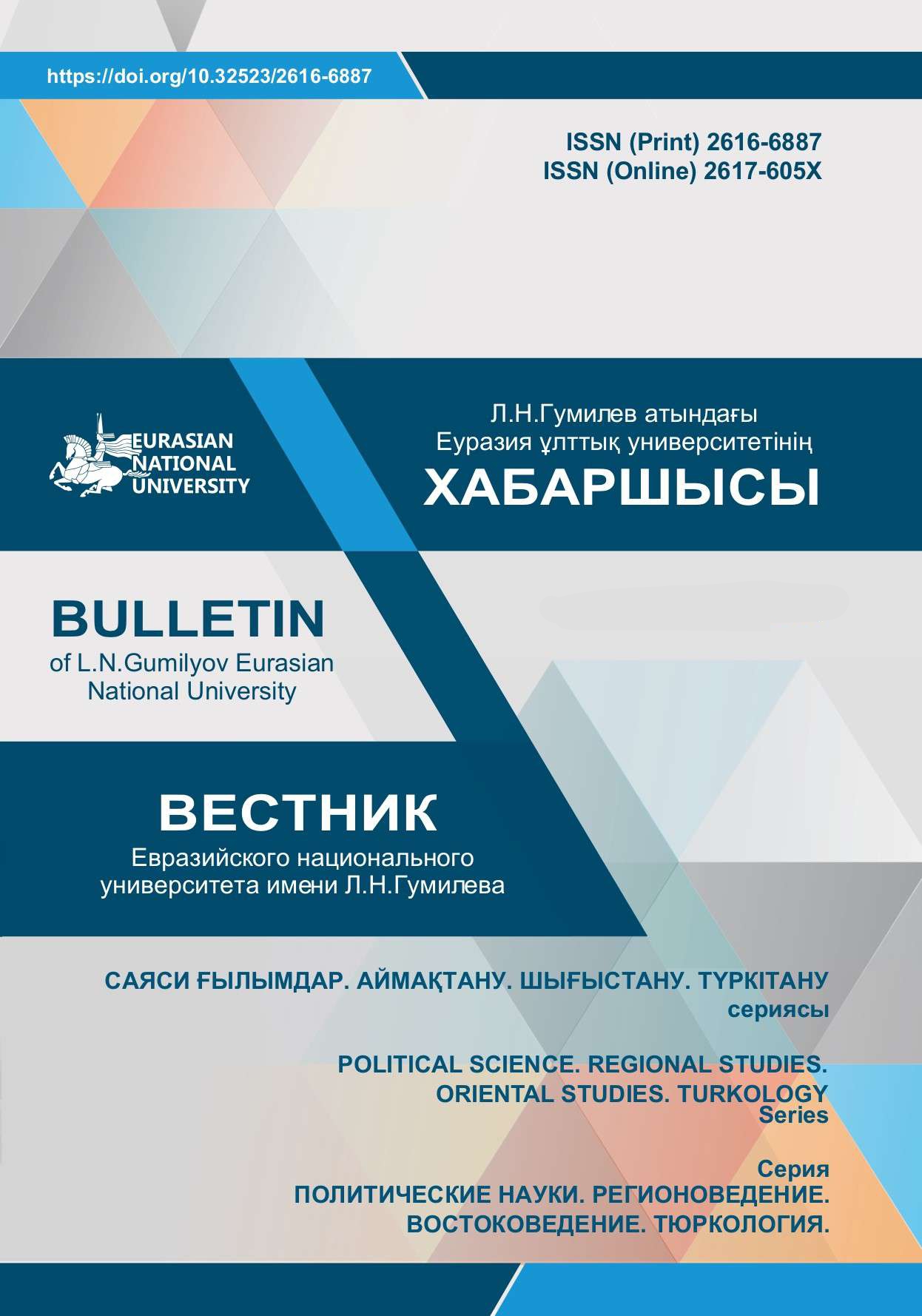The role and significance of Amir Timur in the historical policy of the Republic of Uzbekistan
Views: 280 / PDF downloads: 390
Abstract
This article is devoted to the process of historical policy of independent Uzbekistan
on the example of the character of Amir Temur. The purpose of the article is to identify features
in the description and dissemination of the picture of Amir Temur by the official authorities
through the construction of monuments, the celebration of anniversaries, as well as the study
of the national hero by Uzbek and foreign researchers to determine the main directions of
historical policy in modern Uzbekistan. The authors of this article tried to use the example
of Amir Temur to show the reasons and mechanisms for the introduction of this image into
the historical consciousness of the younger generation. The analysis of school and university
textbooks and guides on the history of Uzbekistan, printed at different times, shows that the
great ancestor of the Uzbek people becomes a symbol of national statehood and is actively
used in the process of nation-building. The era of Amir Temur is directly connected with the
Golden Horde and Moghulistan, which existed on the territory of modern Kazakhstan, so the
importance of studying this period becomes obvious. These factors can explain the relevance of
this process in the Central Asian countries, which have one common history and the need to
create a historically important character to define statehood and nation-building.







